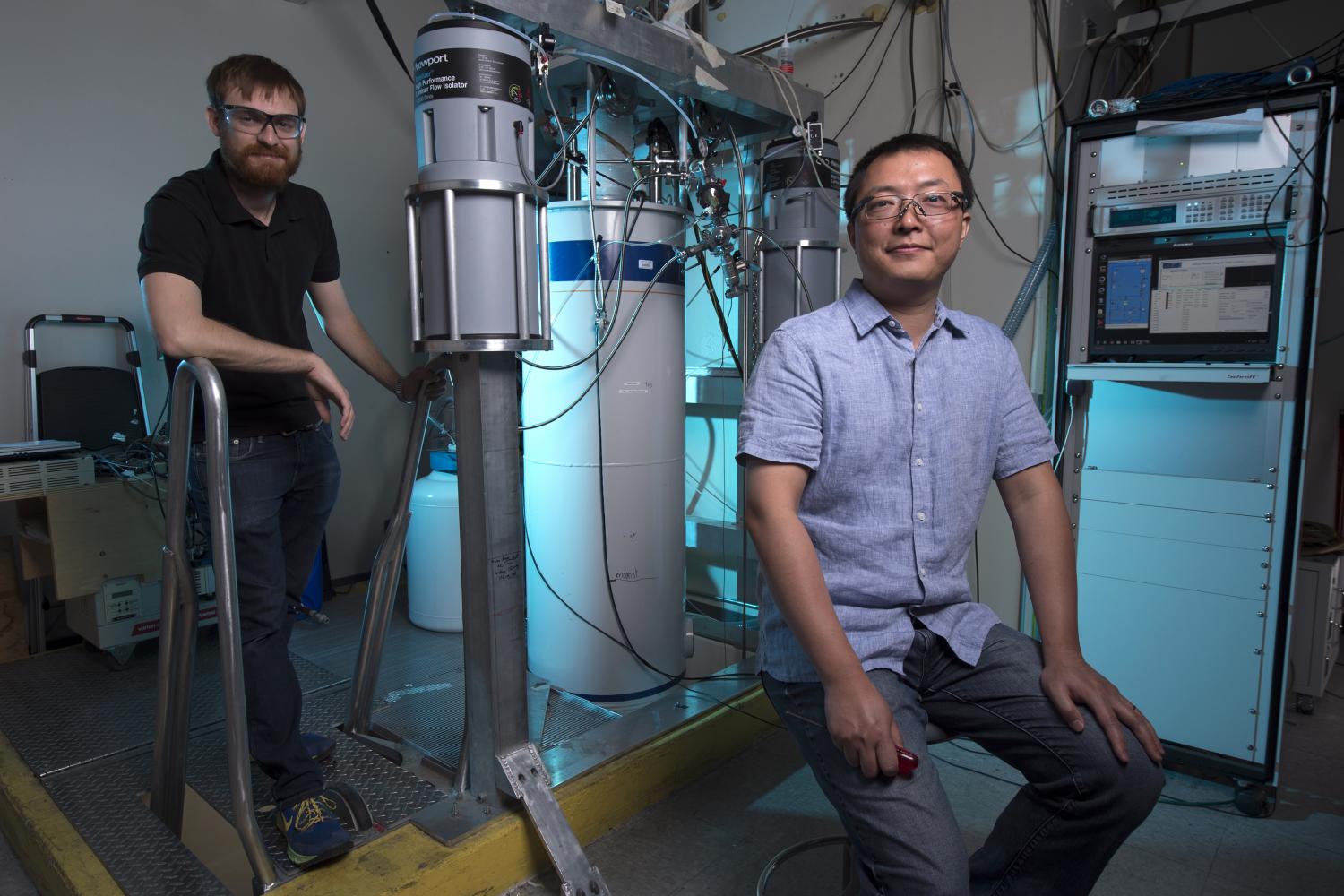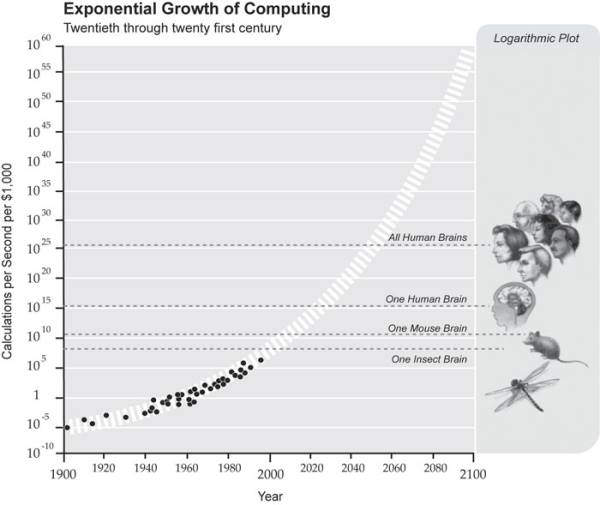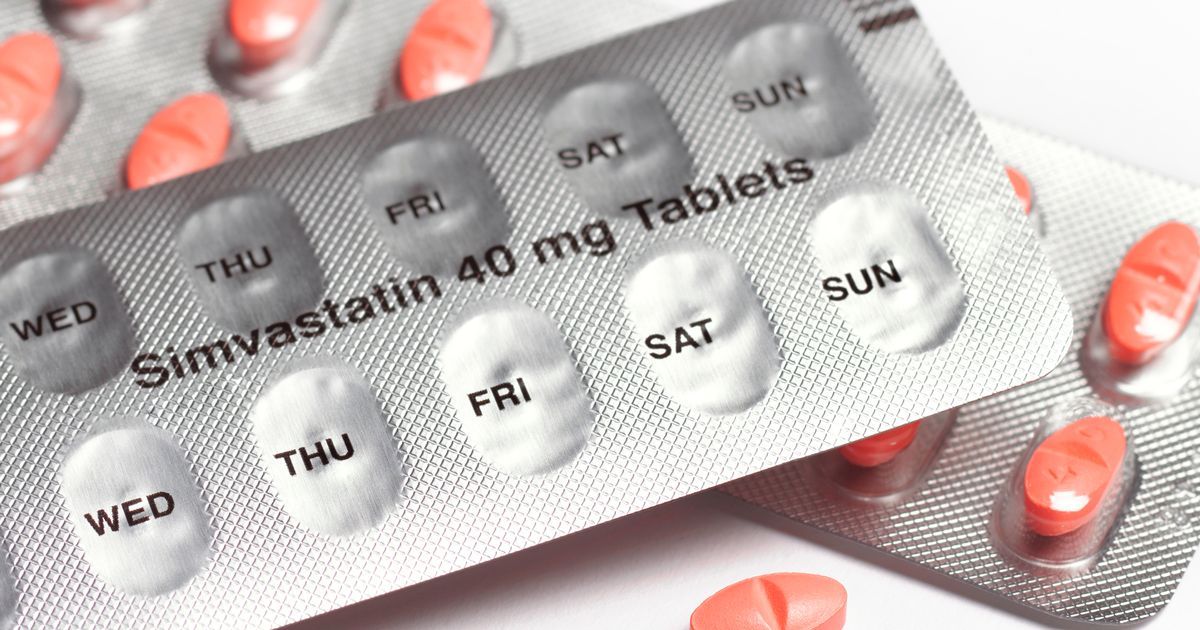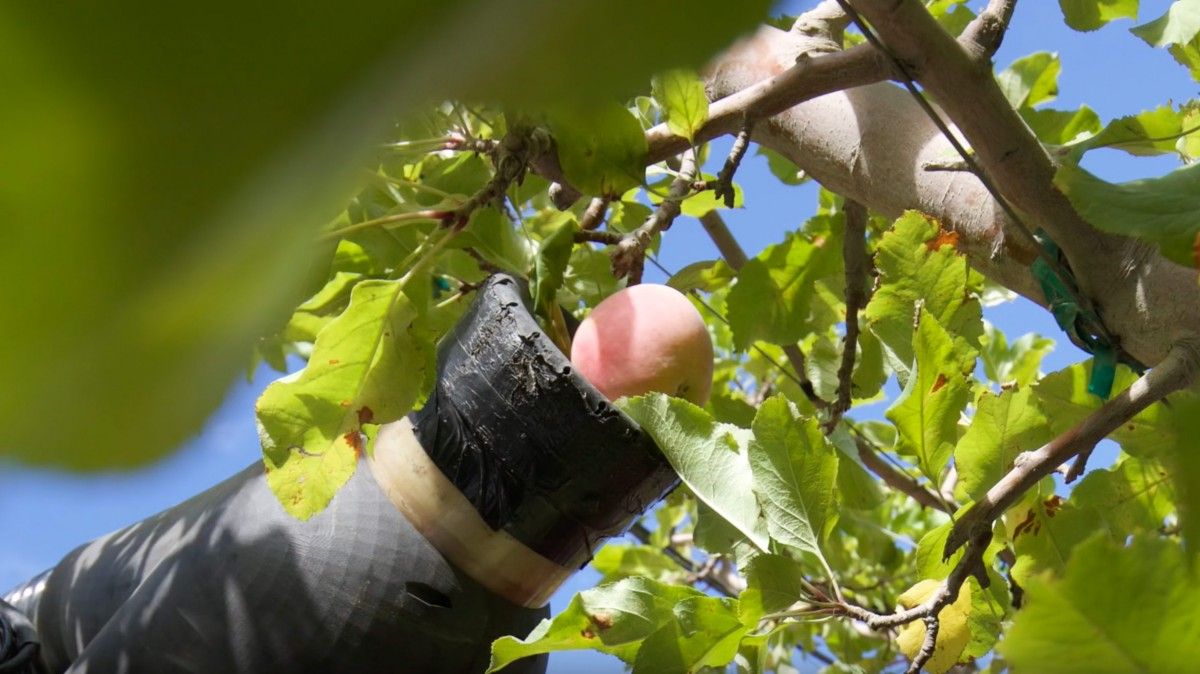This is what happens when the HoloLens meets the air traffic control industry.


Worlds first spherical display drone.
This is coolest looking thing I’ve seen today! ![]() 😲.
😲.
Google Earth’s new feature brings the entire planet to life.

Physicists at the University of California, Irvine and elsewhere have fabricated new two-dimensional quantum materials with breakthrough electrical and magnetic attributes that could make them building blocks of future quantum computers and other advanced electronics.
In three separate studies appearing this month in Nature, Science Advances and Nature Materials, UCI researchers and colleagues from UC Berkeley, Lawrence Berkeley National Laboratory, Princeton University, Fudan University and the University of Maryland explored the physics behind the 2-D states of novel materials and determined they could push computers to new heights of speed and power.
The common threads running through the papers are that the research is conducted at extremely cold temperatures and that the signal carriers in all three studies are not electrons — as with traditional silicon-based technologies — but Dirac or Majorana fermions, particles without mass that move at nearly the speed of light.

Robots may soon be more sensitive than humans—at least when it comes to their skin. Researchers from Glasgow University have developed a type of artificial skin that is more sensitive than our own. Just add this to all the ways robots are taking over the world.


This object, V838 Monocerotis, looks like it moved faster than the speed of light. We know what you’re going to say–nothing moves faster than light. Well, we didn’t say it did move faster…just that it looks like it did.
Full story at YouTube.


I came up with a neat idea for a multiplication grid visual the other day, and stuck it up on Twitter where it has been doing the rounds with unprecedented alacrity:
I’ve loved reading comments and seeing how people are using the grids already, with fellow teachers, students and your own kids (I’m making one on A1 squared paper for my son this weekend – here’s one 3-year-old who will know what multiplication means before he learns his tables, if I can manage it!) A few of you came up with ideas for variations I could do, including starting the grid from the bottom-left to mimic a Cartesian coordinate grid, and emphasizing square numbers. I’ve also done one with the prime factorization of numbers on one side of the diagonal, which I quite like. I’ve put all the images together into a single pdf document to make it easier to access. It’s on my website at www.thechalkface.net/resources/true_scale_multiplication_grid.pdf: